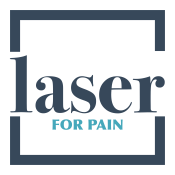Neuropathy, a condition characterized by damaged nerves that can cause pain, numbness, and weakness in affected areas of the body, can be a debilitating and challenging condition to manage. Many individuals with neuropathy struggle to find effective treatments that provide lasting relief. One emerging therapy that has garnered attention for its potential to alleviate neuropathy symptoms is High-Intensity Laser Therapy (HILT).
Understanding Neuropathy
Before delving into HILT, it’s essential to grasp the intricacies of neuropathy. Neuropathy can be caused by various factors, including diabetes, chemotherapy (CIPN), autoimmune diseases, and more. It often results in pain, tingling, numbness, muscle weakness, and a decreased quality of life. Current treatment options for neuropathy primarily focus on symptom management and may include medications, physical therapy, and lifestyle modifications. However, these approaches often fall short in providing comprehensive relief.
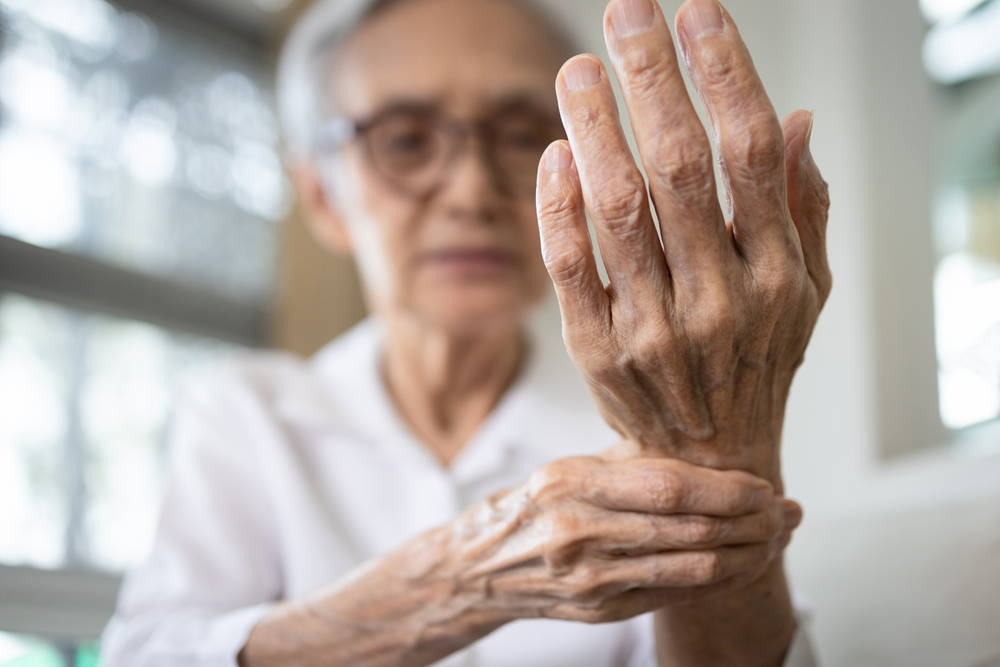
Diabetic versus CIPN
Diabetic Neuropathy and Chemotherapy-Induced Peripheral Neuropathy (CIPN) are two distinct forms of neuropathy, each with its own underlying causes, symptoms, and treatment considerations.
Diabetic Neuropathy
Diabetic Neuropathy is a type of nerve damage that occurs as a long-term complication of diabetes, particularly when blood sugar levels remain uncontrolled over time. It is one of the most common complications associated with diabetes and can affect various nerves throughout the body. The condition typically develops gradually and is characterized by symptoms such as tingling, numbness, and burning pain in the extremities, especially the feet and hands. Over time, it can lead to muscle weakness and loss of sensation, increasing the risk of injuries and complications like foot ulcers. Managing blood sugar levels and lifestyle modifications are crucial in preventing and slowing the progression of diabetic neuropathy. Medications, physical therapy, and, High-Intensity Laser Therapy, are often used to manage symptoms and improve quality of life.

Chemotherapy-Induced Peripheral Neuropathy (CIPN)
CIPN is a side effect of certain chemotherapy drugs used to treat cancer. Unlike diabetic neuropathy, which is often a long-term complication, CIPN typically arises as a result of cancer treatment and can manifest during or after chemotherapy cycles. The condition can affect various nerve types and lead to symptoms such as numbness, tingling, weakness, and pain, most commonly in the hands and feet. CIPN’s onset and intensity can vary depending on the specific chemotherapy drugs used and the duration of treatment. It can be a challenging issue for cancer patients, as it may necessitate dose reductions or treatment interruptions to manage the neuropathy’s impact. Management of CIPN typically focuses on symptom relief, and various medications and therapies, such as pain relief medications and physical therapy, are used to alleviate discomfort and improve quality of life for patients undergoing cancer treatment. Unlike diabetic neuropathy, which requires long-term glycemic control, CIPN may resolve or improve once chemotherapy is completed, although at least 30% of cases persist for 5 or more years.
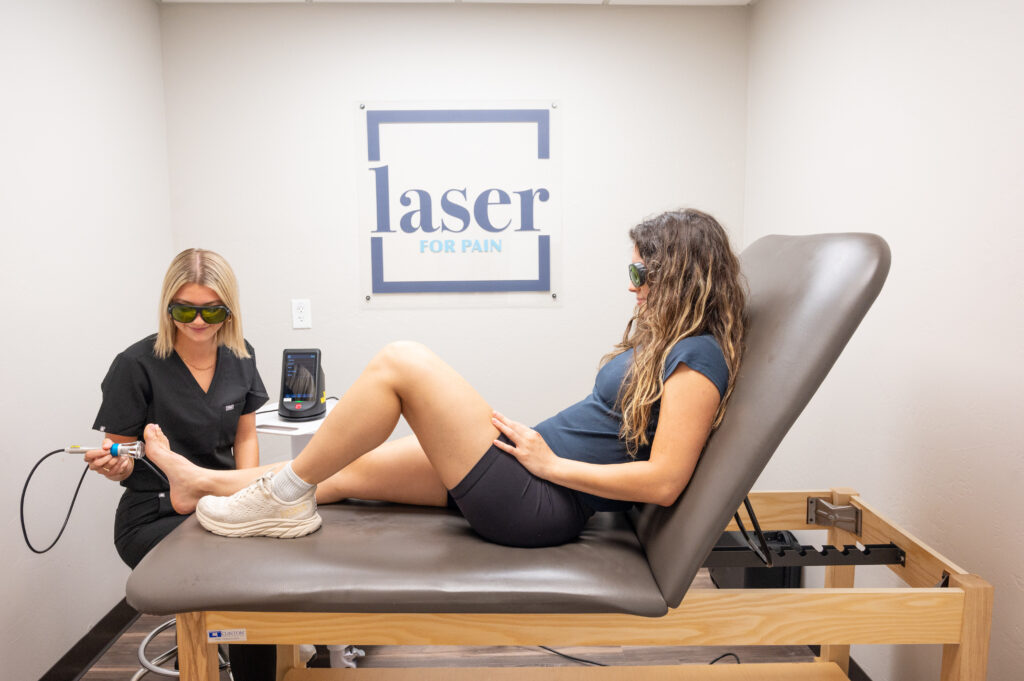
Laser Therapy Brief
High-Intensity Laser Therapy (HILT), also known as photobiomodulation (PBM) or Class IV laser therapy, is an innovative and non-invasive treatment option for a range of medical conditions, including neuropathy. It involves the use of high-powered lasers to deliver concentrated light energy to specific areas of the body. This energy stimulates cellular processes and promotes tissue repair, reducing pain and inflammation. HILT has gained attention as a promising treatment modality for neuropathy due to its potential to address the root causes of the condition, rather than merely masking the symptoms.
HILT operates on the principle of photobiomodulation, which refers to the process of using light energy to stimulate cellular function. When the high-intensity laser light is applied to the affected area, it penetrates the skin and is absorbed by the cells. This triggers a cascade of biochemical reactions within the cells, resulting in increased energy production, improved circulation, reduced inflammation, and enhanced tissue repair.
Laser for Neuropathy
The use of HILT in the treatment of neuropathy has gained traction due to several potential benefits:
- Pain Reduction: HILT has been shown to significantly reduce neuropathic pain, providing much-needed relief to patients who often endure chronic discomfort.
- Improved Nerve Function: Research suggests that HILT can enhance nerve function and promote the regeneration of damaged nerve cells.
- Reduced Inflammation: HILT reduces inflammation, a common contributor to neuropathy symptoms, allowing for better circulation and oxygenation of tissues.
- Non-Invasive and Safe: High-Intensity Laser Therapy is non-invasive, making it a safer alternative to surgical interventions or medications that may have side effects.
- Minimal Downtime: HILT treatments typically require minimal downtime, enabling patients to resume their daily activities more quickly.
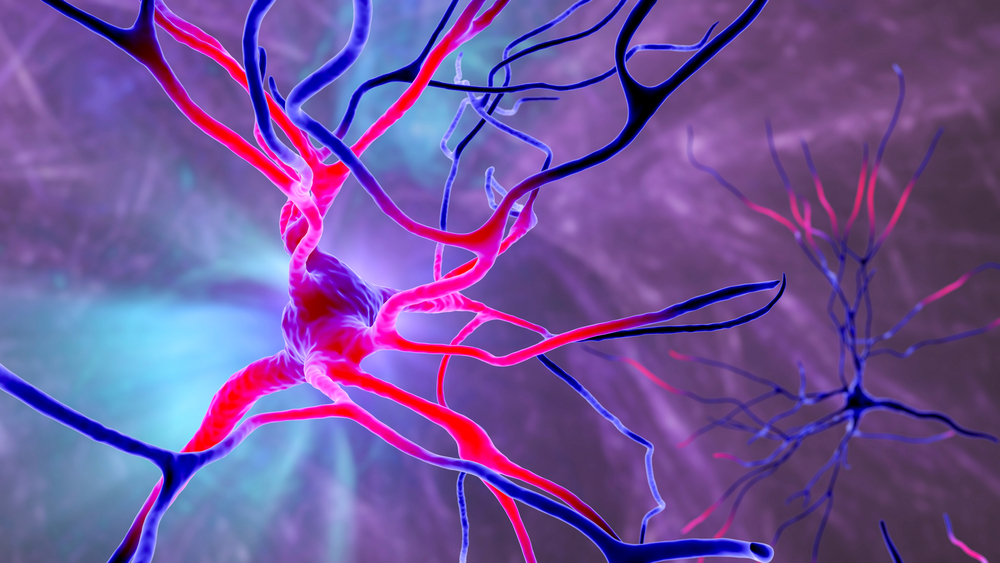
Look at the Research!
An increasing body of research supports the use of High-Intensity Laser Therapy for neuropathy treatment. Prominent experts and clinical studies have shed light on the efficacy of this innovative approach:
- A 2018 systematic review published in the Pain Physician Journal looked at the existing treatments for CIPN. This review found laser therapy (photobiomodulation) to be one of the only treatment options- out of the 26 reviewed- to not only manage symptoms but also help.
- A 2016 study published in the Journal of Novel Physiotherapies looked at the effects of laser therapy on diabetic neuropathy at the feet. This study found the sural nerve conduction velocity and amplitude, pain level, and peak static and dynamic planter pressure were significantly higher in the experimental group (laser group) compared with the control group. This concluding to say that laser therapy was found to improve nerve conduction, redistribute foot plantar pressures and relieve pain of painful diabetic polyneuropathy patients.
- A systematic review published in the Journal of Bioengineering in 2018 dove into the research on photobiomodulation (PBM) and its effects on nerve regeneration. PBM was found to be able to “accelerate the process of nerve regeneration, presenting an increase in the number of myelinated fibers and a better lamellar organization of myelin sheath, besides improvement of electrophysiological function, immunoreactivity, high functionality rate, decrease of inflammation, pain, and the facilitation of neural regeneration, release of growth factors, increase of vascular network and collagen.”
Recap!
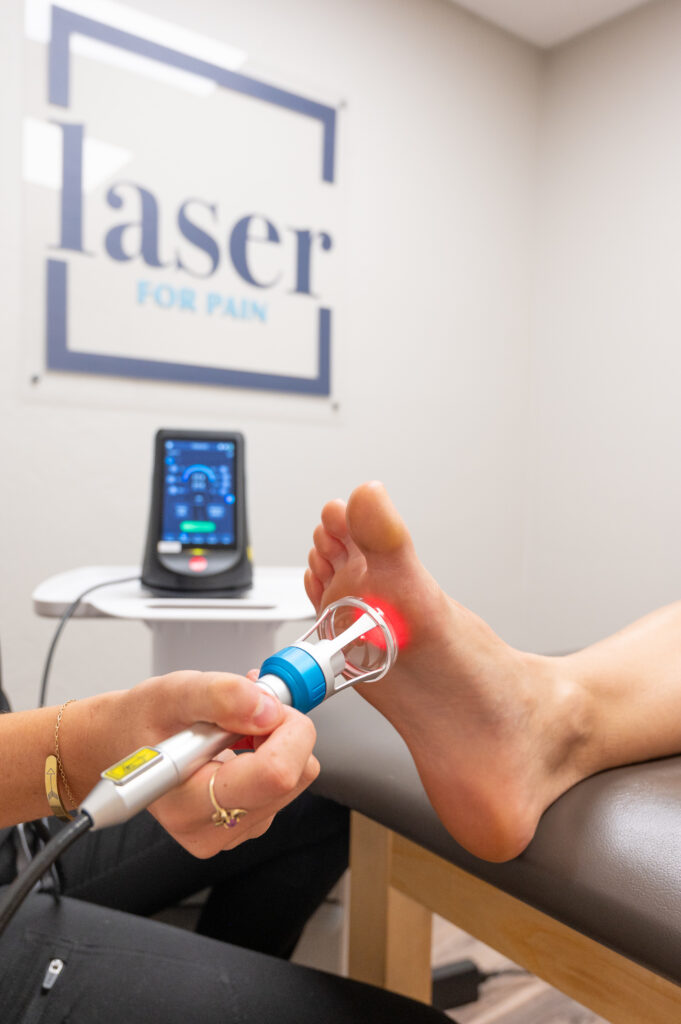
Wow, that was a lot of information! Let’s recap.
High-Intensity Laser Therapy (HILT) holds significant promise as an effective and non-invasive treatment option for neuropathy, offering patients the reduction of pain, improved nerve function, and enhanced their overall quality of life. While more research is continuously being done to find the exact mechanisms of laser therapy with neuropathy; the research and testimonials we have been able to see are able to show the effects and benefits.
If you or a loved one is living with neuropathy, consider consulting with a healthcare professional experienced in laser therapy for a personalized treatment plan. To schedule an evaluation or consultation with one of our highly trained laser therapy providers, contact us. As the field of medical technology continues to advance, innovative therapies like HILT may offer new hope and relief for those seeking a solution to their neuropathic pain.
